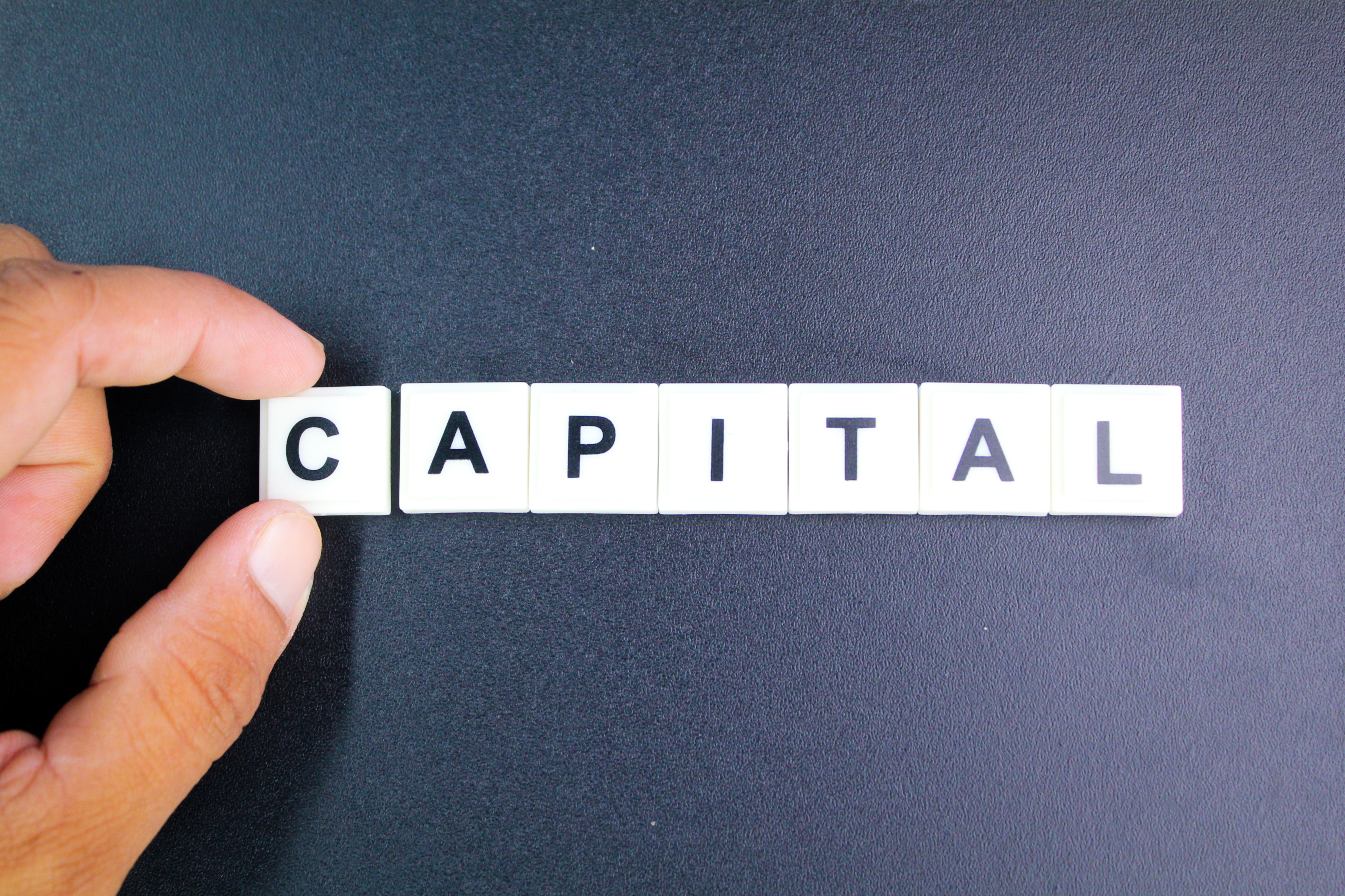Analyzing the Crypto Market for Success
The cryptocurrency market is a dynamic and fast-paced space, offering immense opportunities for investors. However, success in this domain requires more than just luck. In this article, we will explore the art of analyzing the crypto market for success. Whether you are a seasoned trader or a newcomer, understanding the nuances of the market can make a significant difference in your investment journey. Let’s dive into the world of crypto analysis with valu.vc.
Table of Contents
- Introduction
- Why Analyze the Crypto Market?
- Fundamental Analysis
- 1. Understanding the Project
- 2. Assessing the Team
- 3. Analyzing Market Trends
- 4. Regulatory Environment
- Technical Analysis
- 1. Candlestick Charts
- 2. Moving Averages
- 3. Relative Strength Index (RSI)
- 4. Support and Resistance Levels
- Sentiment Analysis
- Risk Management
- Conclusion
- FAQs
Introduction
The cryptocurrency market operates 24/7 and is influenced by a myriad of factors, making it a unique and exciting space for investors. To succeed, you need to go beyond buying and holding. Analyzing the market is crucial for informed decision-making and risk management.
Why Analyze the Crypto Market?
1. Mitigating Risk
Crypto markets are notorious for their volatility. By analyzing the market, you can identify potential risks and take precautionary measures.
2. Identifying Opportunities
In-depth analysis helps you spot promising projects and investment opportunities that align with your goals.
3. Timing Your Trades
Understanding market trends and technical indicators can help you enter and exit trades at the right time, maximizing your profits.
Fundamental Analysis
1. Understanding the Project
Before investing, research the cryptocurrency project thoroughly. Read the whitepaper, assess its goals, and understand its use case.
2. Assessing the Team
Examine the team behind the project. Experienced and reputable team members are more likely to lead a project to success.
3. Analyzing Market Trends
Stay updated on market trends and news. Market sentiment can often impact prices.
4. Regulatory Environment
Be aware of the regulatory environment in your region. Changes in regulations can have a significant impact on the market.
Technical Analysis
1. Candlestick Charts
Candlestick charts provide insights into price movements. Learn to read them to make informed decisions.
2. Moving Averages
Moving averages help identify trends and potential reversal points in the market.
3. Relative Strength Index (RSI)
RSI helps assess whether an asset is overbought or oversold, indicating potential price reversals.
4. Support and Resistance Levels
Identify key support and resistance levels to make informed entry and exit decisions.
Sentiment Analysis
Monitor social media and news sentiment regarding cryptocurrencies. Positive or negative sentiment can influence market movements.
Risk Management
Crypto markets can be highly unpredictable. Use risk management strategies like setting stop-loss orders and diversifying your portfolio.
Conclusion
Analyzing the crypto market is an essential skill for every cryptocurrency investor. It empowers you to make informed decisions, manage risk, and seize opportunities. Remember that the crypto market is highly volatile, and success requires continuous learning and adaptation.
FAQs
- Is cryptocurrency trading suitable for beginners? Cryptocurrency trading can be complex and volatile, making it challenging for beginners. It’s advisable to start with thorough research and a small investment.
- How often should I check the crypto market? The frequency of market checks depends on your trading style. Day traders may monitor it several times a day, while long-term investors might check it less frequently.
- What is the best strategy for risk management in crypto trading? A combination of strategies, including setting stop-loss orders, diversifying your portfolio, and only investing what you can afford to lose, is generally recommended for risk management.
- Can I rely solely on technical analysis for crypto trading? While technical analysis is valuable, it’s essential to combine it with fundamental analysis and market sentiment to make well-rounded decisions.
- Are there any guarantees of success in the crypto market? There are no guarantees of success in the crypto market. It’s essential to be prepared for both gains and losses and to invest responsibly.


